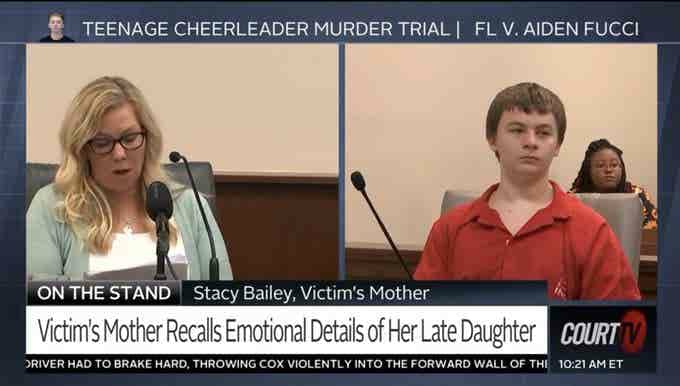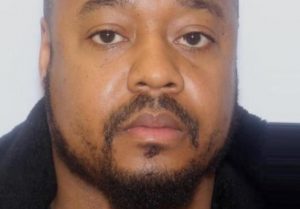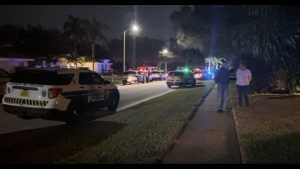Aiden Fucci, 16, following a two-day sentence hearing, was sentenced to 40 years to life on 24th March Friday. The sentencing resulted from the murder of 13-year-old cheerleader Tristyn Bailey on 9th May 2021.
"I know there's some good in Aiden."
Aiden Fucci breaks down as his grandmother reads a letter to Tristyn Bailey's family during his sentencing hearing.
WATCH LIVE: https://t.co/PPpOrqt92l pic.twitter.com/H6YEXiGNt3
— Court TV (@CourtTV) March 22, 2023
Fucci was a disturbed teenager. By the age of 14, he was a regular drug user. He had also confessed to his girlfriend and best friend about his fantasies of killing people. Fucci especially expressed his desire to slit someone’s throat. According to an interview, Fucci’s girlfriend also stated that the 14-year-old had anger issues and often talked about killing her.
According to prosecutors, there was no specific reason why Fucci killed Bailey. They had no previous relationship, nor did he try to approach her in previous instances. It was the absolute random nature of the killing that came as a shock.
Tristyn’s autopsy revealed that she had been stabbed 114 times. A lot of her wounds were also consistent with defensive marks. Video evidence had proved beyond a reasonable doubt that Tristyn Bailey was last seen with Aiden Fucci, who had then murdered the girl and dumped her body outside Jackson County, Florida. The footage also captured him running away from the direction he went with Tristyn. Tristyn was never seen after this.
Tristyn Bailey’s sister has asked the judge for the Maximum sentence for Aiden Fucci after she dropped a stone in a jar 114 times, which is how many times Aiden stabbed Tristyn#tristynbailey #tristynbaileystrong #aidenfucci #breakingnews #sad #breaking #news pic.twitter.com/6jbYY8nz9N
— Crime With Bobby (@crimewithbobby) March 22, 2023
Fucci pleaded guilty to first-degree murder on 6th February 2023, right before the jury process would begin. Before the 16-year-old was charged as an adult and sentenced to life in prison for 40 years, Tristyn’s family spoke out.
“Aiden Fucci you betrayed us all”#TristynBailey 🦋 pic.twitter.com/lAacsxDGjk
— MearaOnTheWall (@CremeDeLaCrime8) March 22, 2023
Her parents and sister mentioned that besides being an excellent student, Tristyn was well-loved by her peers. She inspired many people and made deep bonds with her friends. They expressed their sorrow over never knowing what their daughter would have been able to achieve.
#TristynBailey's father called his daughter's killer and his apology insincere. "I loathe your very existence," Forrest Bailey said. #AidenFucci stabbed Tristyn 114 times, murdering her, in May 2021. pic.twitter.com/nCljlOQVKC
— Law&Crime Network (@LawCrimeNetwork) March 22, 2023
While Fucci’s family members pleaded with the judge to relax Aiden’s punishment, the violent nature of the crime and the organised planning behind it contradicted any plea for mercy. On the first day of the hearing, the presiding judge had received over 100 victim impact statements, proving the effect of the loss of the young teenager.







